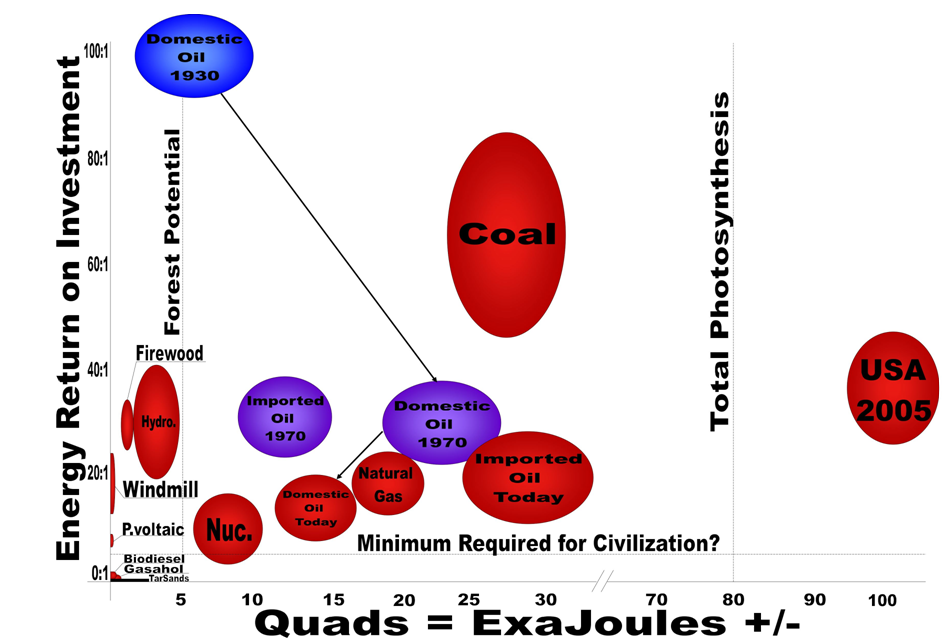5%? That isn’t much but I guess it is better than nothing.
http://www1.umn.edu/news/news-releases/2009/UR_CONTENT_109539.html
University of Minnesota to launch energy conservation program at Beautiful U Day kick off event Thursday
Media Note:
Photo opportunity as people sign conservation pledge at 8 a.m. tomorrow (April 23)
Contacts: Tim Busse, University Services, (612) 624-2863,
Patty Mattern, University News Service, (612) 624-2801
The University of Minnesota has set the goal of reducing energy consumption by 5 percent by the end of 2010. University of Minnesota President Robert Bruininks and Vice President of University Services Kathleen O’Brien will introduce a new campus-wide energy conservation program the Beautiful U Day Kick Off event at 8 a.m. Thursday, April 23 at the Electrical Engineering and Computer Sciences Building, 200 Union St. S.E., Minneapolis.
A 5 percent reduction each year will save the university $2.25 million and result in 25,000 fewer tons of CO2 being released into the atmosphere. Meeting this ambitious goal will require a campus-wide effort, said Tim Busse, University Services communications director. To work toward that goal, the university is challenging students, faculty and staff, as well as departments and academic units, to commit to energy conservation by taking the Energy Conservation Pledge. The theme of Beautiful U Day is “It All Adds Up.”
During the kick off event, stations will be set up where students, faculty and staff can sign the Energy Conservation Pledge. The pledge begins “While my individual steps appear small, I understand that It All Adds Up. Working together, we can make huge leaps in reducing emissions, cutting electrical usage and saving University resources.”
Suggestions for conserving energy include: turning off computers at night; turning off the lights when out of the room for more than 10 minutes; unplug cell phone chargers that draw power unnecessarily and use the stairs rather than the elevator. “All these efforts are small steps but it all adds up,” Busse said.
Tags: University Services
:}
More Tomorrow.
:}




